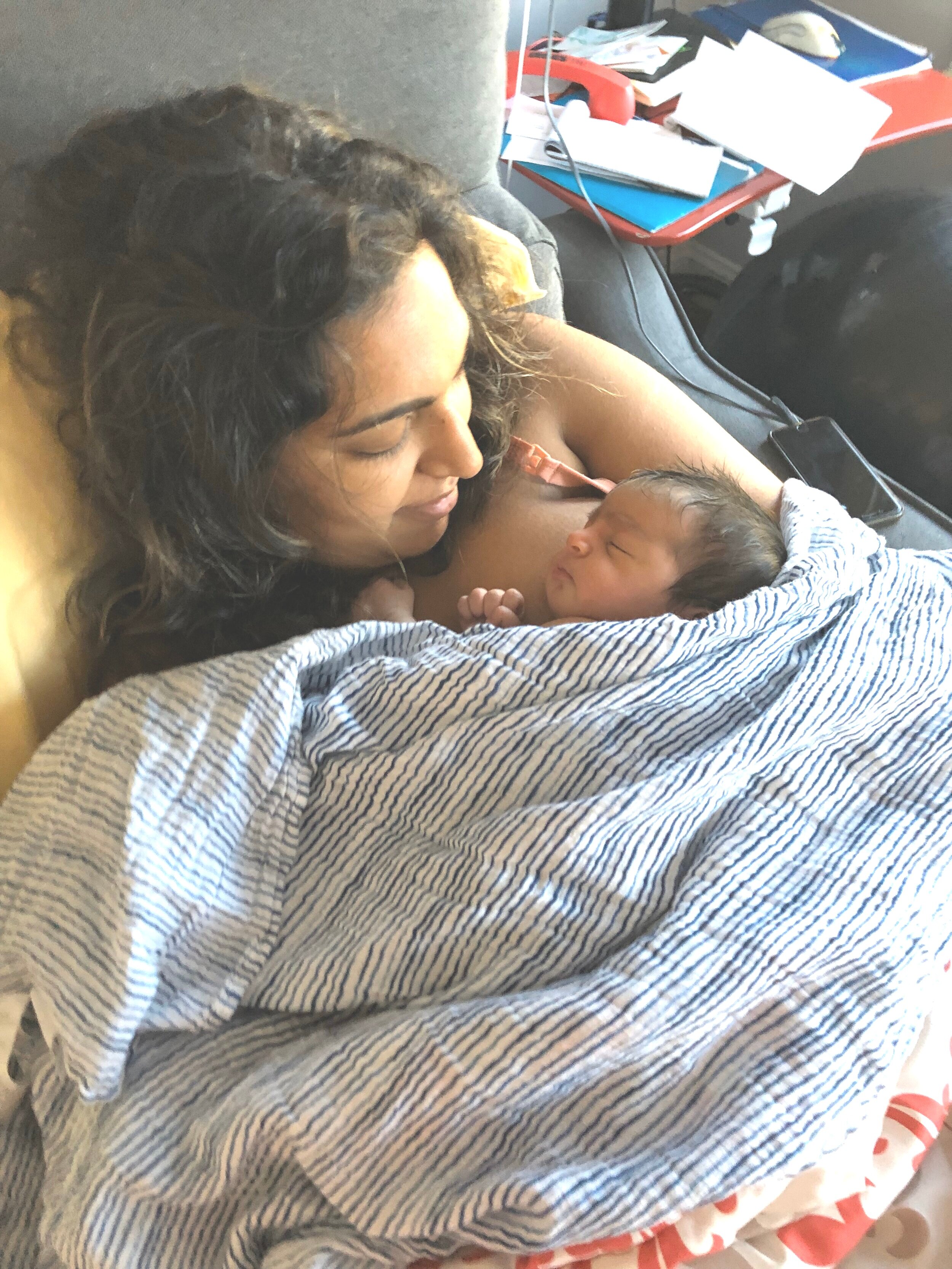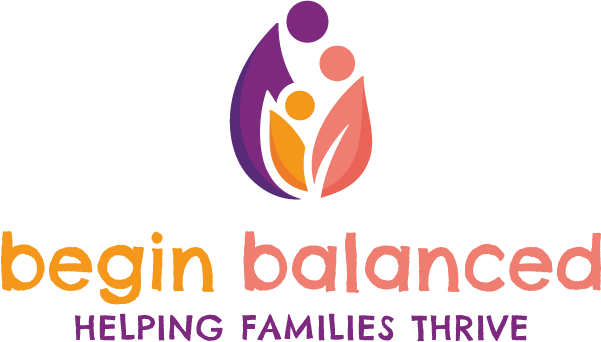
frequently asked questions.
Occupational Therapy
-
I do a combination of bodywork and active manual therapy. I feel it is very important for families to put together a team of providers to work together when it comes to important and time sensitive issues like plagiocephaly, torticollis, tethered oral tissues etc. I love bodywork, and I feel it is beneficial for all babies. This work can help release, relax and heal. However, bodywork does not automatically retrain muscles and brain-body connections for everyone. Occupational therapy and the manual work that I do is:
1. an active therapy
2. trains or re-trains muscles to turn on and/or function better
3. provides opportunities for parents to learn how to replicate this work throughout their week to maximize improvement and neuro-motor patterning.
This is why I do BOTH bodywork and manual therapy to optimize function and work preventatively to decrease the time your child may need interventions.
-
It completely depends on what we’re working on, but I find that the earlier I see a baby, the less therapy they need. Often, the more consistent a family is with the manual and active exercises I suggest, this can decrease the overall time you’ll need to work with me. I would say my average number of sessions with most infant families I work with is 4 sessions. This isn’t a guarantee, just an example of what I’ve found works for many babies and families. Generally, the earlier we work together, the better the outcomes!
-
Many therapists use a passive approach (passive stretches doing “to” the baby) to treat torticollis, and also only treat the neck area. As an OT, I use a combination of vision based, whole body, active and gentle manual therapy to treat torticollis and tight necks. I do not prefer to teach passive range of motion or even “gentle” passive neck stretches to families. Additionally, I find when only the neck is treated for torticollis, the head tilt can often come back during leaps or milestone acquisition, especially if the whole body isn’t treated. Without a whole body approach to treating tight necks, fine & gross motor difficulties can persist throughout childhood. In treating torticollis or tight neck, I focus on positional/congenital muscular torticollis if there is a related functional issue (i.e. difficulty breastfeeding, doesn’t like tummy time, etc).
As always, if I feel that I am not the right fit to treat your child I will refer you to someone else.
-
Yes. Most babies I’ve worked with early intervention for positional plagiocephaly have not required a helmet by 4-5 months. It takes a lot of dedication and consistent repositioning/exercises for a few months, though! If I can work early and often (ideally before 1-2 months, but we have made great changes up until about 4 months), I have seen great results especially if families work consistently at home between sessions. I will only work with families on helmet prevention before the baby reaches 4 months, as the research shows there’s a lot less we can do to prevent or mitigate this issue after 4 months of age.
-
Yes. I love the helmet providers I refer to, though and they do super important work!! If your child does need a helmet, this isn’t your fault. I can direct you to the right places to get the best care in this instance as well. Combining manual therapy with a helmet can optimize results of the cranial orthotic/helmet as well.
-
No. I do manual, active and oral motor therapy and bodywork for babies. I help turn muscles on, help them move the right way, and optimize their function. I help with positioning, handling, infant development, and parent eduction. I take a whole body approach, for infants with chest/breastfeeding troubles, tethered oral tissues (I.e. tongue ties), torticollis, etc. This may involve assessing function and providing activities and exercises to strengthen & re-educate muscles and build and strengthen optimal motor plans so the brain and body can work together effectively. I always refer to a feeding therapist and/or medical doctor/specialist for suspected swallowing, feeding or airway concerns. I always refer to IBCLC/lactation consultants for chest/breastfeeding issues.
-
I support babies with TOTs and chest/breastfeeding issues with oral motor work, manual therapy, active neuromuscular re-education and bodywork. Bodywork and manual therapy is important to pre/post tethered oral tissue procedure recovery.
After a tongue tie release, your child’s tongue will hopefully have a lot more mobility. However, this doesn’t guarantee that they will know how to use their tongue more functionally. Since the first trimester in utero, they have been practicing sucking with restricted motion, so it is important to retrain the muscles in the mouth, face, head and neck to work together to optimize function for nursing or bottle feeding.
Would you get wrist surgery and not see a certified hand therapist afterwards? I sure hope not! Same goes for this surgery for your child.
-
No. As an occupational therapist, I cannot diagnose a tie. I am trained to recognize them, evaluate oral motor skills for function and provide education around what can be done to optimize function for baby whether they receive a release or not. I am also trained to provide pre-post frenectomy support for baby and family.
-
No. Tongue ties are not a fad. However, just because your child has been diagnosed with a tongue tie or tethered oral tissue (tongue, lip, cheek tie) does not mean surgery should automatically be recommended or needs to be done. There are pros and cons to receiving the surgery. There are non-invasive strategies that usually should be implemented first & can help improve chest/breastfeeding and oral function. I believe it is important to try all non-invasive options, maximize function before surgery and work with someone who can share a balanced viewpoint that is tailored to each unique family unit. Sometimes, oral function can improve with body work and manual occupational therapy alone. Other times, frenectomy is indicated, but not right away. And sometimes it might be ideal to get it done immediately. A team approach is important here, and I generally don’t work with families who don’t have an IBCLC on their team for anything related to tongue ties/TOTs.
Therapeutic Coaching
-
Over a decade! I’m used to coaching one or both parents and grandparents and other caregivers as well.
Coaching has always been part of my work alongside occupational therapy.
However, I don’t think length of time or credentials are what make a great coach or healthcare provider, for that matter.
If it’s not a great fit for us, I promise to refer you out to someone who may be a better fit.
-
I am trained and certified in the Moving On Method which is targeted toward those going through the divorce process and adjusting to co-parenting. I’ve also been knee deep in studying and living the separation and divorce life myself so I’ve been where you are!
-
Not exclusively! While shared identities don’t create connection alone, representation absolutely matters. When I was thinking about, deciding and then separating/divorcing I looked everywhere for divorce professionals who had similar backgrounds to me. Maybe some shared cultural values even. There were very few to be found! It was something I craved, and couldn’t find.
I have always had a strong professional interest in working with South Asian parents specifically in the areas of: intergenerational trauma, cycle breaking, biculturalism, communicating parenting choices with family/elders, special education/neurodivergent kids, dating after separation/divorce, grandparent coaching, and co-parenting/divorce stigma in the South Asian community.
I do not work with acute mental health cases, as I am not a licensed mental health counselor, therapist or psychotherapist. Happy to connect you with one, if that’s what you need!
-
Been there, totally understand. Send me an email at priya@beginbalanced.com and we will work something else out (Venmo and Paypal are options too).
